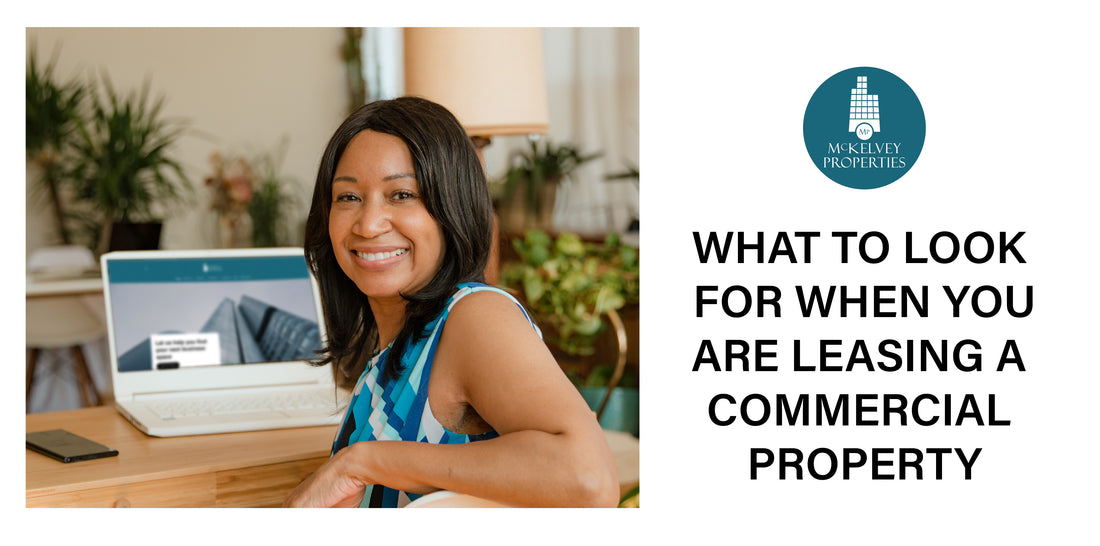You’re looking to lease a commercial property? Congratulations on this exciting step! There is a lot involved with commercial real estate that most people don’t know. So let us break it down for you.
Location of Building and Clientele
If you’re moving to a new space, consider if your new location remains relevant to your current clientele. Does the area provide enough population, visibility, and access to grow your business, not just maintain it? A great way to do this is through performing a demographic study. Does this location align with your customer base?
Property Design and Layout
The property should be able to fit the needs of your business. Of course, you’ll be planning to build the space out to work for your specific needs. Are the changes you need to make to the build out in your budget after the Tenant Improvement (TI) allowance?
With the design and layout of the space, comes preparing for growth. Finding a space that works for your current volume of work is great, but will this space allow for growth? Having to immediately find a bigger space after conducting work in your newly built out space is one of the most frustrating things our clients have had to deal with. Contrary, anticipating too much growth and getting yourself in a space that is much too large is a waste of your hard-earned money. Look at market trends along with the demographic profile of the area to ensure you’re anticipating just the right amount of growth.
Leasing
There are three main types of leases in commercial real estate: Triple Net (NNN), Full Service, and Modified Gross.
Triple Net (NNN) is one of the most common types of leases. It includes the property tax, insurance, and common area maintenance. This amount is calculated and due monthly with your base rent. This lease type gives tenants the ability to review the landlord’s operating expenses. Any leftover money will go directly back to you, the tenant.
Full Service leases don’t include any additional amounts outside of your base rent. These can show an assumptively higher rent, but it could actually be lower than comps due to all property operating expenses already being included. Tenants tend to prefer this kind of lease so they don’t have to get involved in the day to day expenses.
Modified Gross leases offer a middle ground between the first two lease types, NNN and Full Service. This style of lease allows a broader range of negotiations when it comes to operating expenses. With a Modified Gross lease, your lease rate will remain fixed even if costs increase or decrease, like the NNN lease.
Affordability and ROI
You obviously need to be able to afford your lease and utilities in addition to your business’s overhead costs. Take time to lay out all of the expenses your business will have, including those based on the lease type explained above.
Property Type
Commercial real estate has seven categories of properties. These include Retail, Office Space, Land, Industrial, Mixed Use, Special Purpose, and Multi-Family Rentals (this final category is primarily for investors of commercial real estate).
Building Classes
Buildings vary drastically when it comes to age, condition, amenities, walkability, visibility, etc. Commercial real estate properties are classified into 3 classes. Each class indicates the level of risk and/or opportunity. This provides you with an immediate indication of how the property could work for your business.
Class A buildings are considered the most desirable. They have typically been built within the last 15 years. Containing the highest quality construction and workmanship, materials, and systems in the very best area, these buildings command the attention from the highest paying clients. Class A buildings will have the highest rent, best amenities, and are typically managed by professional property managers.
Do you have a need for property management? Click here for more information.
Class B buildings are usually 15-30 years old. While these buildings don’t have the same luxurious amenities or centralized location, they still have impressive maintenance, management, and tenants. These buildings typically still provide a decent VPD (vehicle per day) and have an average rent.
Class C buildings typically have an age of 30 years or older. They don’t typically offer modern building structure or impressive amenities. These buildings are the most likely to get renovations in today’s market. For these reasons, Class C buildings have the most affordable leases.
While the class of the property should be considered, it shouldn’t be your only factor. Since so much of the weight is structured in the age of the building, there could be some refinished properties with very nice finishings not labeled with a Class A indicator. While the listing’s class can be helpful in knowing what to expect, look further into the property. You might be finding a hidden gem.
Economic and Industry Trends
As our final tip, stay up to date on economic and industry trends. Knowing what bumps in the road are ahead can help you plan for success.
Are you looking for a property to lease? Click here to view our current inventory.
Are you looking for a broker to help find you the perfect location? Fill out our contact form here.

